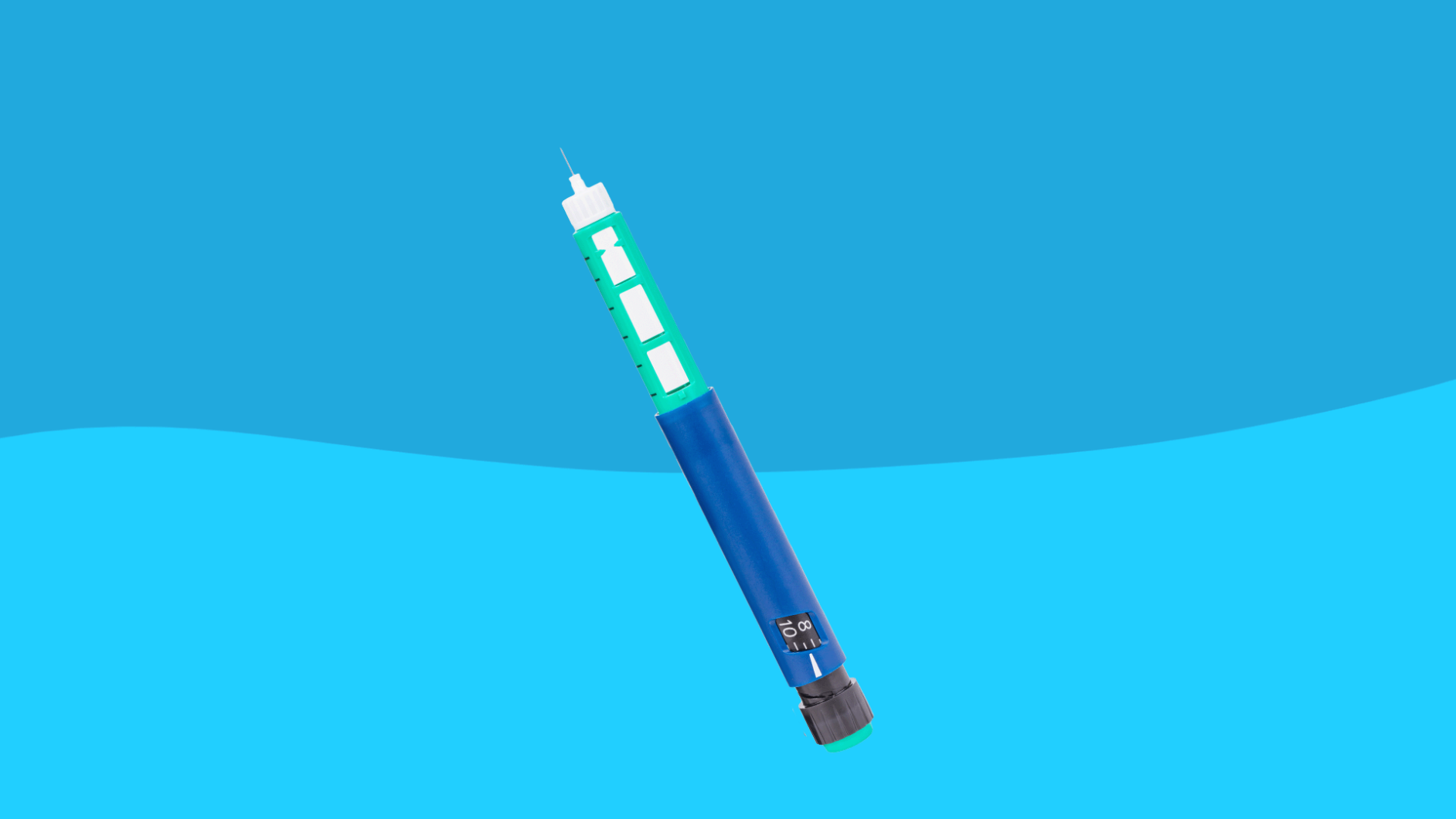Key takeaways
Ozempic (semaglutide) is FDA approved to treat Type 2 diabetes and reduce the risk of major adverse cardiovascular events (MACE) in adults with Type 2 diabetes and cardiovascular disease. It’s also used off-label for weight loss.
The maximum recommended dosage of Ozempic is 2 mg once weekly. However, there are certain situations when a healthcare provider may not prescribe the maximum dose or the maximum dose is not appropriate for you. For example, if you achieve your desired glycemic or weight loss goals with a lower dose or experience side effects from the 2 mg dose.
Ozempic is usually started at a low dose and gradually increased every four weeks. Your healthcare provider will continue raising your dosage by 0.5 mg increments every four weeks until you reach an effective maintenance dosage. You’ll continue to take the maintenance dose as long as it’s effective and does not cause unnecessary side effects.
Ozempic (semaglutide) is a prescription drug used with diet and exercise to manage blood glucose (sugar) levels in adults with Type 2 diabetes mellitus. It’s also used to lower the risk of major adverse cardiovascular events (MACE) in adults with Type 2 diabetes and cardiovascular disease, including heart attack, stroke, and heart-related death. In recent years, Ozempic has gained popularity for its off-label use as a weight loss aid.
According to its prescribing information, the Ozempic pen is pre-filled and is given as a subcutaneous injection. It’s typically administered once weekly at any time of day, with or without food. The recommended starting Ozempic dosage for diabetes, reducing cardiovascular risks, and weight management is 0.25 mg injected once weekly. After four weeks, healthcare providers usually increase the dosage to 0.5 mg once weekly. From there, your healthcare professional will continue to raise your dose every four weeks until finding an effective maintenance dose that doesn’t cause bothersome side effects.
What is the max dose of Ozempic?
The maximum recommended dosage of Ozempic is 2 mg once weekly. However, there are certain situations when a healthcare provider may not prescribe the maximum dose. For example, if you achieve your desired glycemic or weight loss goals with a lower dose or experience side effects from the 2 mg dose. While the dosage schedule of Ozempic is generally the same for all of its uses, weight loss is considered an off-label use of the medicine and may require different doses than what’s recommended in the prescribing information.
Recommended dosages for Ozempic
According to its prescribing information, Ozempic is usually started at a low dosage, then the dose is gradually increased every four weeks. This process is known as titration. The recommended starting dosage of Ozempic is 0.25 mg once weekly. After four weeks, the dosage will be increased to 0.5 mg once weekly. Your healthcare provider will continue raising your dosage by 0.5 mg increments every four weeks until you reach an effective maintenance dosage. You’ll continue to take the smallest effective dosage as long as it’s helping with weight loss or glycemic control and not causing unnecessary side effects. The maximum recommended dosage is 2 mg once weekly.
It’s important to note that Ozempic is not approved for use in children, according to its prescribing information. Additionally, healthcare providers usually don’t prescribe Ozempic for patients who are pregnant as it’s not known if it can cause harm to an unborn baby. If you’re pregnant or planning to become pregnant, tell your healthcare provider before you start Ozempic. Similarly, you should discuss whether it’s safe to breastfeed before starting Ozempic. It’s not known if the drug can pass into breast milk or what effects it may have on a breastfed child.
Ozempic dosages |
||
|---|---|---|
| Starting dose | Maintenance dose | Maximum dose |
| 0.25 mg once weekly | Depends on your response to the medication | 2 mg once weekly |
Understanding the maximum dose for Ozempic
While the typical dosage discussed above is for all indications, you should always follow the dosage prescribed by your doctor. In some situations, they may prescribe a different dosage than what’s recommended. For example, although the maximum dosage is 2 mg once weekly if this dosage is causing severe or consistent side effects, your healthcare provider may change your dosage to 1 mg once weekly.
In addition, Ozempic has a boxed warning for the risk of thyroid C-cell tumors—a type of thyroid tumor—including cancer. It’s not known whether Ozempic causes thyroid tumors in humans, however, in studies of rodents, semaglutide—the active ingredient in Ozempic—caused thyroid tumors, including thyroid cancer, and the risk was greater with higher doses of semaglutide and the longer the rodents took the medication. Due to this risk of possible thyroid tumors, healthcare providers typically won’t prescribe Ozempic if you or your family have ever had medullary thyroid carcinoma (MTC) or an endocrine disorder called Multiple Endocrine Neoplasia syndrome type 2 (MEN 2).
Signs of Ozempic overdose
Ozempic comes as a pre-filled injection pen. This makes it easier to inject the correct amount. However, if you accidentally take too much Ozempic, you may experience severe nausea, vomiting, or low blood sugar levels, according to Epocrates. In the event of an overdose, contact a medical professional or America’s Poison Centers at 1-800-222-1222 right away.
- Ozempic (semaglutide) injection prescribing information, DailyMed (2024)



